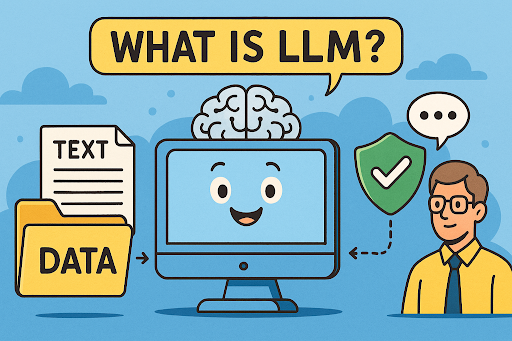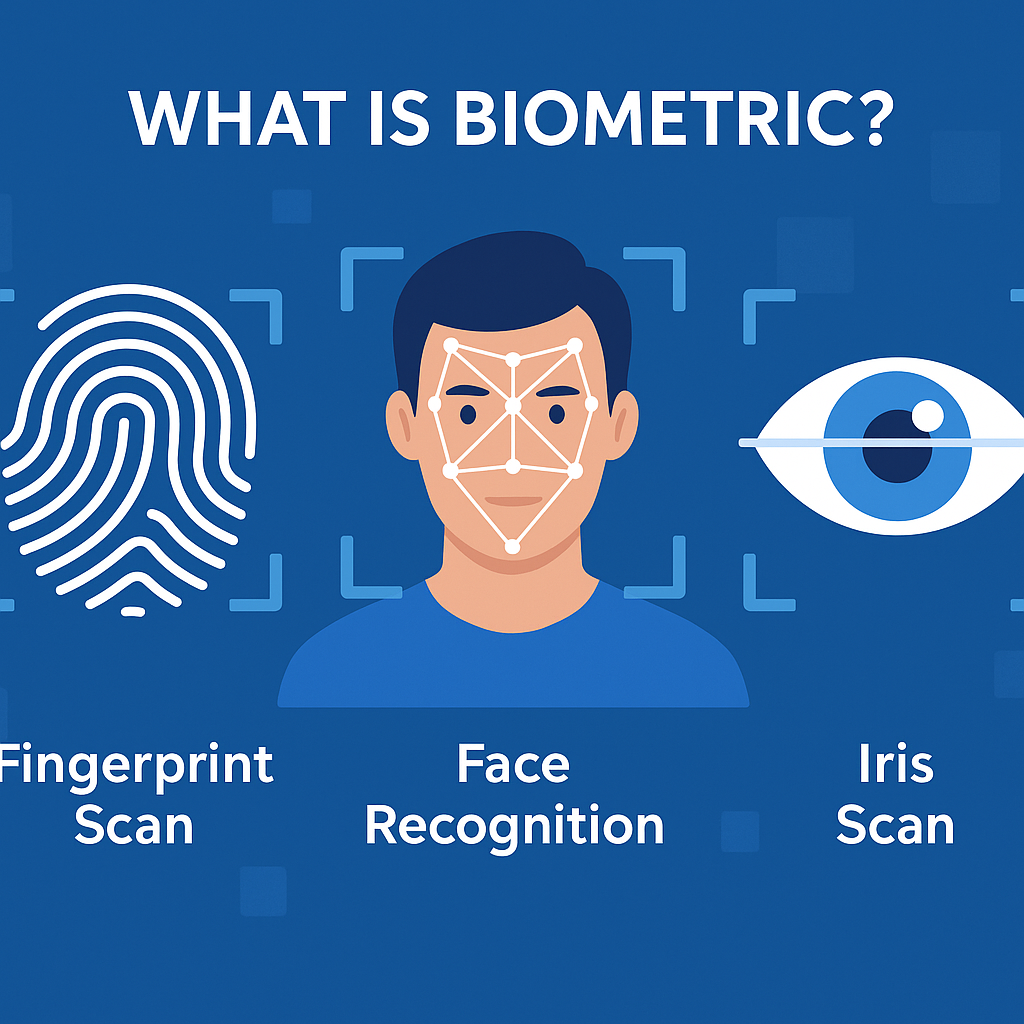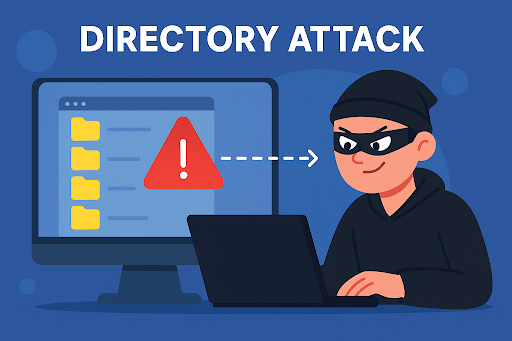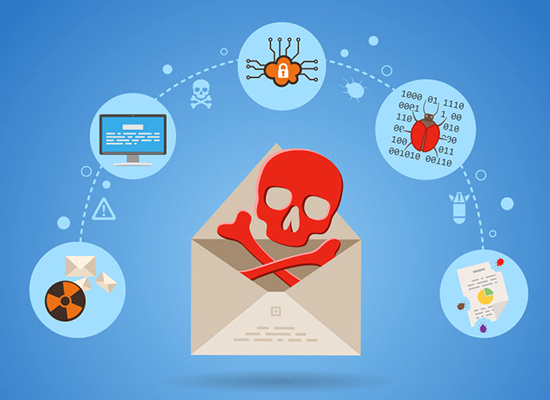What Is LLM? Understanding Large Language Models in the Age of AI
Updated on July 30, 2025, by Xcitium

Have you ever wondered how AI chatbots hold conversations, write essays, or even detect phishing emails? The answer lies in a powerful piece of technology called an LLM.
So, what is LLM, and why is it transforming cybersecurity, IT infrastructure, and digital communications?
This article breaks down the concept of Large Language Models in simple terms and explains how they impact industries from tech to healthcare to finance.
What Is LLM?
LLM stands for “Large Language Model.” It’s an advanced type of artificial intelligence (AI) trained to understand and generate human language using massive amounts of text data.
In simpler terms, it’s a powerful computer program that can:
- Write content
- Summarize documents
- Translate languages
- Generate code
- Answer questions
- Simulate human conversation
How Do Large Language Models Work?
Large language models are based on deep learning—a subset of machine learning that mimics how the human brain works (through artificial neural networks).
Here’s how it happens:
🔍 Training Process:
- Data Collection
Billions of documents, web pages, books, and conversations are collected. - Tokenization
Text is broken down into smaller parts (words or subwords) called tokens. - Neural Network Learning
The model uses transformers and attention mechanisms to learn how tokens relate to each other. - Fine-Tuning
Developers train the model further on specific tasks (e.g., cybersecurity detection, medical data analysis).
📌 Result: A model that “understands” and generates human-like language.
Key Features of an LLM
| Feature | Description |
| Scalability | Trained on billions of parameters and datasets |
| Context Awareness | Can interpret input in context (like a human conversation) |
| Multimodal Input | Some models process text, images, and audio |
| Language Generation | Creates coherent, fluent responses |
Why Are LLMs Important for Cybersecurity and IT?
LLMs are not just writing tools—they are transforming how businesses protect and manage digital ecosystems.
🔐 Cybersecurity Applications:
- Detect phishing and malicious language in emails
- Automate incident reporting
- Analyze security logs and generate summaries
- Power AI-driven threat detection systems
🧠 IT Operations:
- Automate documentation
- Support code generation and bug fixing
- Helpdesk AI assistants
- DevOps scripting via natural language prompts
💡 Did You Know? LLMs can reduce IT ticket resolution times by up to 40%.
Advantages of Using LLMs in the Enterprise
✅ Efficiency Gains
- Automate repetitive tasks
- Reduce manual labor and human error
✅ Enhanced Decision-Making
- Access data-driven insights instantly
- Summarize large documents in seconds
✅ Cost Savings
- Less need for human-powered content creation or documentation
✅ 24/7 Availability
- AI chat assistants never sleep, making support always accessible
Risks and Challenges of LLMs
While powerful, LLMs are not without risks:
- Hallucination (False Information)
LLMs may generate inaccurate or made-up responses. - Bias in Data
Trained on internet content, so can reflect societal biases. - Security Threats
Malicious actors can use LLMs to generate phishing content or evade detection. - Data Privacy
LLMs may inadvertently expose sensitive data if misused.
🔐 Security Tip: Use LLMs via secure APIs, limit training on private datasets, and monitor output quality.
Comparing LLMs: OpenAI vs Google vs Meta
| LLM | Creator | Specialties |
| GPT-4 | OpenAI | Versatile, advanced reasoning, coding |
| Gemini | Google DeepMind | Multimodal capabilities |
| Claude | Anthropic | Ethical alignment focus |
| LLaMA | Meta | Open-source flexibility |
Future of LLMs: Trends to Watch
- Industry-specific LLMs (e.g., for healthcare, law, cybersecurity)
- Multimodal AI (text + image + voice + video)
- AI regulation and ethics in enterprise settings
- Federated LLMs for privacy-preserving deployments
- LLM Agents that can take actions beyond text generation
How to Implement LLMs in Your Business
1. Define Use Cases
- Customer support? Code generation? Email triage?
2. Choose a Provider
- OpenAI, Anthropic, Google, or custom-trained?
3. Ensure Security and Compliance
- Data anonymization, output validation, access controls
4. Start with a Pilot Project
- Use AI for one low-risk task and scale based on ROI
LLMs are no longer optional—they’re mission-critical for digital transformation, cybersecurity, and operational excellence.
👉 Get ahead of threats and boost efficiency—book your free Xcitium AI cybersecurity demo today!
Frequently Asked Questions (FAQs)
1. What is LLM in AI?
LLM stands for Large Language Model, a type of AI trained on vast amounts of text to generate human-like responses.
2. What can LLMs be used for?
LLMs are used for content generation, customer support, cybersecurity automation, and more.
3. Are LLMs safe to use in enterprise settings?
Yes, with proper security, role-based access, and ethical controls in place.
4. How are LLMs different from traditional chatbots?
LLMs use deep learning and context-aware responses, while chatbots follow rule-based scripts.
5. Can LLMs help in threat detection?
Yes. They can analyze logs, detect anomalies, and assist in real-time threat analysis.
Conclusion: The Power of Knowing What LLM Really Means
So, what is LLM? It’s a powerful AI framework that can read, write, and reason in ways that mimic human intelligence.
For cybersecurity professionals, IT managers, and CEOs, embracing LLMs means:
- Enhancing efficiency
- Reducing response time
- Bolstering protection and automation
👉 Explore AI-powered security with Xcitium. Request your demo now.
















